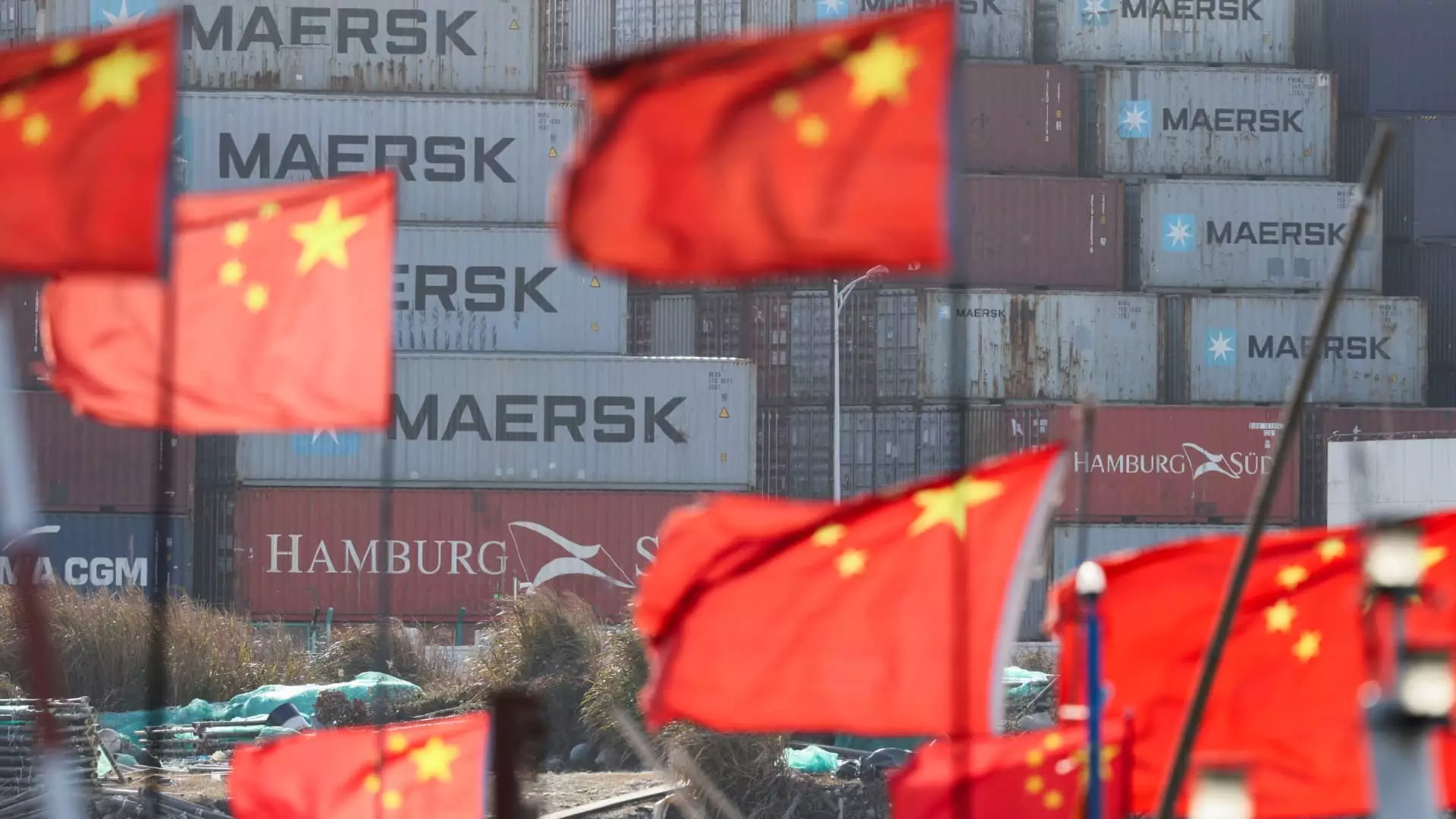The recent escalation of tariffs on Chinese goods by the United States, announced by President Donald Trump, has introduced a wave of uncertainty in global trade dynamics. The application of a staggering 34% additional tariff on Chinese imports pushes the total tariff burden on Chinese exports to the U.S. to an unprecedented 54%. While triggered by U.S. policy changes aimed at economic leverage, these tariffs are not merely numbers; they symbolize a shift in the intricate dance of diplomatic relations and economic dependencies among the world’s superpowers.
In the face of such aggressive measures, China’s response has been both measured and strategic. The Ministry of Commerce quickly urged the U.S. to rethink its approach, signaling a willingness to engage in dialogue rather than escalate the situation through retaliatory tariffs. This reflects an understanding that both countries have much to lose in a tit-for-tat slap of tariffs. Therefore, analyzing China’s potential counteractions reveals an inclination to prioritize domestic stability over confrontational trade warfare.
Domestic Stimulus: China’s Strategic Move
Analysts predict that, rather than replicating the cycle of retaliatory tariffs, China will adopt a policy focused on internal economic fortification. The Chinese government appears poised to double down on domestic consumption and stimulate its economy through increased fiscal spending. With a notable history of regulatory tightening in recent years, President Xi Jinping’s recent outreach to prominent tech entrepreneurs is a clear indicator of a shift toward empowering the private sector amid a looming economic slowdown.
With nearly 20% of its economy reliant on exports, the stakes for China are incredibly high. However, leveraging domestic consumption could provide a robust cushion against the adverse effects of increased trade barriers. By prioritizing local markets and diversifying export avenues, China aims not only to mitigate the immediate impacts of the tariffs but also to prepare for the long term in an increasingly protectionist global landscape.
The Larger Economic Picture
The implications of the U.S. tariffs extend beyond China. As political tensions worsen, other Asian countries, such as Vietnam and Thailand, find themselves caught in a crossfire of economic repercussions. Historically, these nations have often served as alternative routes for Chinese goods entering the U.S. market, but the broader trade landscape is shifting. The introduction of substantial tariffs across multiple countries weakens these alternative pathways, potentially benefiting Chinese manufacturers who are expanding overseas despite these barriers.
The geopolitical ramifications of this tariff policy are profound, not just for China, but for the entire region. Countries within the Association of Southeast Asian Nations (ASEAN) are increasingly drawing closer to China, a trend highlighted by the formation of the Regional Comprehensive Economic Partnership (RCEP), which solidifies trade relationships and strengthens economic ties. In this context, China finds itself in a unique position to capitalize on weakened U.S. trade posturing.
The Power Balance: Trade Relationships at Stake
Shifts in trade policies render the current landscape increasingly precarious. The U.S. tariffs are less focused on China alone and encompass a broader range of countries, posing a challenge to American businesses and complicating operational strategies. As analysts point out, countries like China are likely to foster trade relations that mitigate the presented risks from U.S. tariffs while enhancing their economic foothold in Asia and beyond.
As these nations grow more economically intertwined, the potential for increased collaboration presents an entirely new challenge for U.S. trade policy. The hopes of a “grand bargain” with China seem distant, as economic fundamentals are increasingly dictated by geopolitical realities rather than the whims of American tariff politics.
Implications for the Future: A Complex Trade Landscape
Ultimately, the immediate future dictates that the Chinese perspective on these tariffs is less reactionary and more strategic. By refusing to play into a cycle of retaliatory policies, China’s approach could lead to a more resilient and diversified economy. The long game appears to advocate for building relationships that underscore mutual interests and mutual economic advancement—an approach that, if successful, could redefine the contours of international trade dynamics.
While the path forward remains fraught with potential pitfalls, the resolve shown by China in utilizing domestic stimulus measures hints at a level of foresight that could prove advantageous in establishing a more stable economic future despite the relentless pressures from U.S. tariff policies.


Leave a Reply